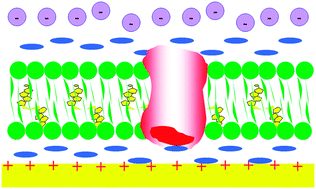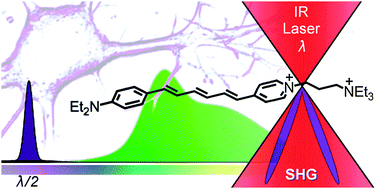Call for papers: Weak Hydrogen Bonds – Strong Effects?
Deadline for Submission: 08 March 2011
A wide variety of weak hydrogen bonds at the limit of the classical definition play a very decisive role in the physico-chemical properties of molecular assemblies. In contrast to classical hydrogen bonds, the modeling of weak hydrogen bonds remains in its infancy, because it requires very high level electronic structure calculations and involves subtle influences of the environment and thermal excitation. A range of spectroscopic and other physico-chemical techniques have to be combined to make significant progress.
The themed issue will be published in PCCP in summer 2011 and will be displayed at relevant international conferences to maximise the visibility of the work published, including the XIX Congress on “Horizons in Hydrogen Bond Research” to be held in Göttingen in September 2011.
|
Submissions should be high quality manuscripts of original, unpublished research. Both Communications and Full Papers can be submitted for consideration, which will be subject to rigorous peer review. Please indicate upon submission that your manuscript is intended for this themed issue. |
Pass this invitation on to any relevant colleagues!
Read more about PCCP
See more PCCP Themed Issues













